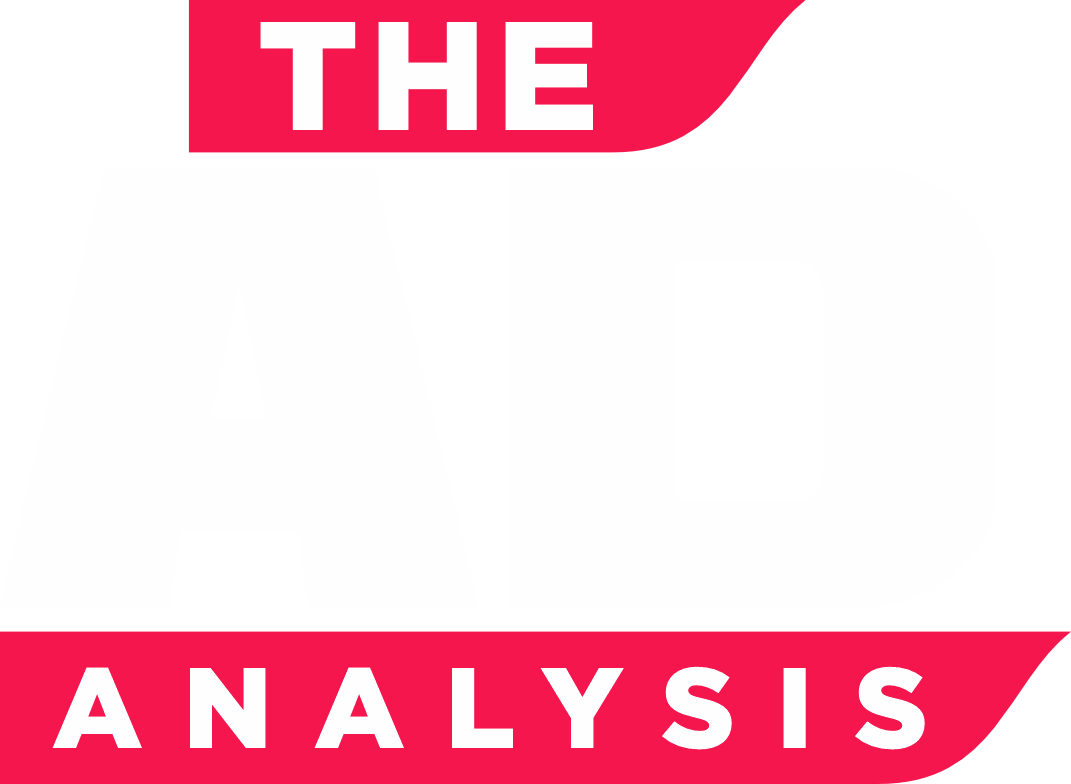Blockchain technology has evolved far beyond its origins in cryptocurrency. Today, it is revolutionizing software development by providing decentralized, transparent, and secure solutions for a wide range of applications. From finance and supply chain management to healthcare and gaming, blockchain is reshaping industries and how software is built.
This guide explores how blockchain is transforming software development, its benefits, challenges, and future trends.
🔹 What is Blockchain Technology?
Blockchain is a decentralized digital ledger that records transactions across multiple computers in a way that is secure, transparent, and immutable.
✔ Decentralized – No central authority controls the data.
✔ Immutable – Once recorded, data cannot be altered or deleted.
✔ Transparent – All transactions are publicly or privately verifiable.
✔ Secure – Uses cryptography to protect data.
🔹 Key Components of Blockchain:
📌 Blocks: Data is stored in digital blocks.
📌 Chains: Blocks are linked in a secure, chronological chain.
📌 Consensus Mechanisms: Nodes must agree on transactions (Proof of Work, Proof of Stake).
📌 Smart Contracts: Self-executing contracts that run on the blockchain.
💡 Blockchain provides a trustless system where users can transact without intermediaries.
🔹 How Blockchain is Transforming Software Development
Blockchain technology is disrupting traditional software models by introducing decentralization, security, and automation. Here’s how:
1️⃣ Smart Contracts & Automation
📜 Smart contracts are self-executing agreements coded on the blockchain.
✔ No middlemen – Automates transactions without third parties.
✔ Tamper-proof – Once deployed, contracts cannot be changed.
✔ Popular Platforms: Ethereum, Binance Smart Chain, Solana.
🔹 Example: Decentralized Finance (DeFi) apps use smart contracts to automate loans, payments, and asset swaps.
2️⃣ Decentralized Applications (DApps)
🛠 DApps are applications that run on blockchain networks instead of centralized servers.
✔ No single point of failure – Less risk of downtime & hacking.
✔ User-Owned Data – Unlike centralized apps, users control their data.
✔ Blockchain Used: Ethereum, Polkadot, Avalanche.
🔹 Example: Uniswap (DeFi exchange), OpenSea (NFT marketplace), and Axie Infinity (blockchain game).
3️⃣ Improved Security & Data Integrity
🔒 Blockchain eliminates centralized data storage risks.
✔ End-to-end encryption protects against cyberattacks.
✔ Immutable records prevent fraud and unauthorized changes.
✔ Decentralized storage reduces the risk of data breaches.
🔹 Example: Healthcare apps use blockchain to secure patient records without risk of tampering.
4️⃣ Transparent Supply Chain Management
📦 Blockchain-based supply chains track goods from production to delivery.
✔ Prevents fraud by ensuring product authenticity.
✔ Tracks ownership for high-value goods (luxury items, diamonds).
✔ Blockchain Used: VeChain, IBM Food Trust, Hyperledger.
🔹 Example: Walmart uses blockchain to track food safety across its supply chain.
5️⃣ Tokenization & Digital Assets
🎟 Blockchain enables tokenization – converting real-world assets into digital tokens.
✔ NFTs (Non-Fungible Tokens) represent digital ownership (art, music, real estate).
✔ Security tokens offer blockchain-based stock ownership.
✔ Blockchain Used: Ethereum, Solana, Flow.
🔹 Example: NBA Top Shot lets users own & trade digital basketball highlights as NFTs.
🔹 Benefits of Blockchain in Software Development
✅ Enhanced Security – Data is encrypted & tamper-proof.
✅ Decentralization – No single point of failure, reducing server outages.
✅ Transparency – All transactions are publicly verifiable.
✅ Faster Transactions – Smart contracts automate & speed up processes.
✅ Cost Savings – Removes intermediaries, reducing fees in payments & supply chains.
✅ Trustless Systems – Users don’t need to trust third parties (banks, governments).
🔹 Challenges of Blockchain in Software Development
❌ Scalability Issues – Some blockchains (e.g., Ethereum) struggle with high transaction volumes.
❌ High Energy Consumption – Proof-of-Work blockchains (Bitcoin) require massive computing power.
❌ Regulatory Uncertainty – Governments are still developing legal frameworks for blockchain.
❌ Complex Development – Blockchain programming requires specialized knowledge.
❌ Interoperability Problems – Different blockchains don’t always communicate seamlessly.
💡 Solutions: Layer-2 scaling solutions (e.g., Polygon for Ethereum) and Proof-of-Stake (PoS) blockchains are improving speed and efficiency.
🔹 Future Trends: Where is Blockchain Software Development Headed?
🚀 1️⃣ Mass Adoption of Web3 & DApps
More businesses will transition from traditional web apps to decentralized applications (DApps).
🚀 2️⃣ Interoperability Between Blockchains
Cross-chain technologies like Polkadot & Cosmos will enable seamless blockchain communication.
🚀 3️⃣ Growth of Decentralized Finance (DeFi)
Banks and financial institutions will adopt DeFi solutions for lending, payments, and asset management.
🚀 4️⃣ Blockchain for AI & Machine Learning
AI-powered smart contracts and decentralized AI marketplaces will emerge.
🚀 5️⃣ Governments & Enterprises Adopting Blockchain
Countries like China, the USA, and the UAE are exploring Central Bank Digital Currencies (CBDCs).
🔹 Conclusion: The Future is Blockchain-Driven
Blockchain is revolutionizing software development by enabling secure, decentralized, and automated solutions. Whether in finance, healthcare, supply chains, or gaming, blockchain enhances transparency, security, and efficiency.
🔹 Companies that integrate blockchain technology today will gain a competitive edge in the digital economy.



